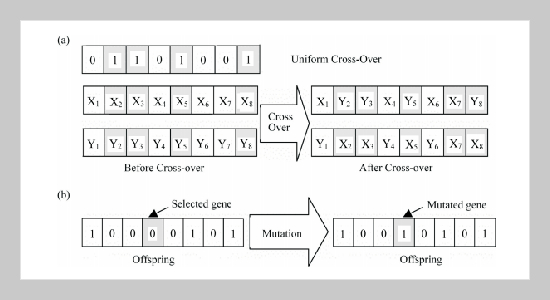Kuang-Fu Hu This email address is being protected from spambots. You need JavaScript enabled to view it.1, Ke-Pei Jiang1 and Der-Wen Chang1 1Department of Civil Engineering, Tamkang University, Tamsui, Taiwan 251, R.O.C.
Received:
October 11, 2006
Accepted:
April 20, 2007
Publication Date:
December 1, 2007
Download Citation:
||https://doi.org/10.6180/jase.2007.10.4.01
This paper introduces an inversion-modeling of Falling Weight Deflecometer (FWD) test for evaluation of pavement structure. Development of a dynamic backcalculation program DBFWD-GA with genetic algorithms for the FWD data is presented. This program can be used to interpret the FWD data. A number of variables were studied to suggest an optimized algorithm of the genetic method for flexible pavements consisting of three-layer and four-layer structures. Comparisons were made for the evaluations with those from the DBFWD program, in which the iterative procedure is applied, and the IDBAC program, as well as the MODULUS program that are founded on the database method. The results were found reasonable for the suggested program with the in-situ FWD data of national ChungShan Freeway. This program has the capacity to explore a broad domain of the solutions. It can be applied to the design strategies for the rehabilitation management on the flexible pavement structure.ABSTRACT
Keywords:
Dynamic Backcalculation, Genetic Algorithms, Falling Weight Deflectometer
REFERENCES
















